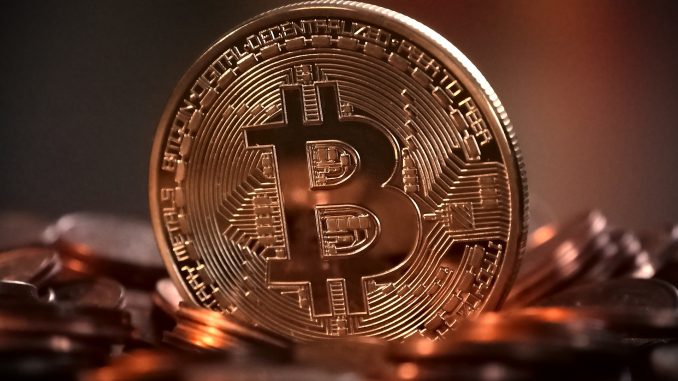
A Bitcoin wallet is simply an electronic record of the amount of Bitcoin in a person’s possession. The design of the Bitcoin wallet is such that it has an exclusive keypair; The private key and the public key that doubles as the Bitcoin address. Aside from being impossible to recover or regenerate, the private key provides sole access to the wallet, without which you lose access to your Bitcoin. In this case, securing the Bitcoin wallet should be taken to mean protecting the key pair through the methods highlighted.
Encrypting the wallet
Encryption of the wallet is one of the best ways of anonymizing your Bitcoin account and wallet. Essentially, you should make use of vault software to serve as both a way to secure and hide your wallet. Since most vaults use passphrases, you should choose a strong, random password. We would advise taking it a notch higher and relying on a password manager for even better security.
Regular software updates
Device and software manufacturers always seek to improve the security and performance of their products through the introduction of software updates. Using the latest version of the Bitcoin wallet ensures that you’re always aware of the newest security fixes thus guaranteeing the safety of your wallet. Also, updating the software of your devices is necessary for the protection of the environment of your Bitcoin wallet.
Offline wallets
Of the different types of Bitcoin wallets, offline wallets are the most secure. The use of an offline wallet/cold storage provides safe and reliable means of accessing your wallet. An offline wallet, be it the hardware wallet or the offline transaction signing, relies on two separate systems. The primary system, which is usually offline and air-gapped hosts the main wallet, while the second system is typically a transaction interface through which you can only transact. Since offline wallets are not linked to the internet or any network, and they are invulnerable to hacking. They can, however, be stolen or lost, which is why we advise storing them in secure locations such as safes or bank vaults.
Safeguard your private key
The private key is the lifeblood of your wallet. Where possible, you should memorize the Bitcoin private key and avoid creating copies of the same. Unfortunately, for most of us, doing that is an impossibility. Therefore, the best solution is to create a record of the key and store it safely. That said, it is much better to create a digital file of the key rather than write it down on paper for durability and security. For instance, when on paper, you would have to type it out which would expose you to keyloggers. However, all you have to do with a digital record is copy and paste from your encrypted vault. Aside from these, you should look at other ways of safeguarding your private key and implement them.
Two-factor authentication
Once set up, two-factor authentication checks for two methods of authentication instead of the usual one to grant access to your account. Usually, the first authentication is the common one, in this case, the private key. However, after authentication of the private key, the wallet goes on to request another method of identification. Often, the design of 2FA is such that the system determines the second method of authentication, and sends it to a predetermined account. For instance, sending a time-sensitive One-Time Password (OTP) to your email or phone number. Since acquiring both pieces of authentication would be difficult, hacking becomes harder.
The Bottomline
Owing to its increasing value and convenience, Bitcoin is also growing into a highly lucrative target for hackers. Fortunately, the Blockchain is secure against hacks and outside influences. Unfortunately, for you, Bitcoin’s most significant vulnerability is the Bitcoin wallet. The methods highlighted in this article provide insight on how to safeguard your Bitcoin wallet – an invaluable resource, especially for beginners.
